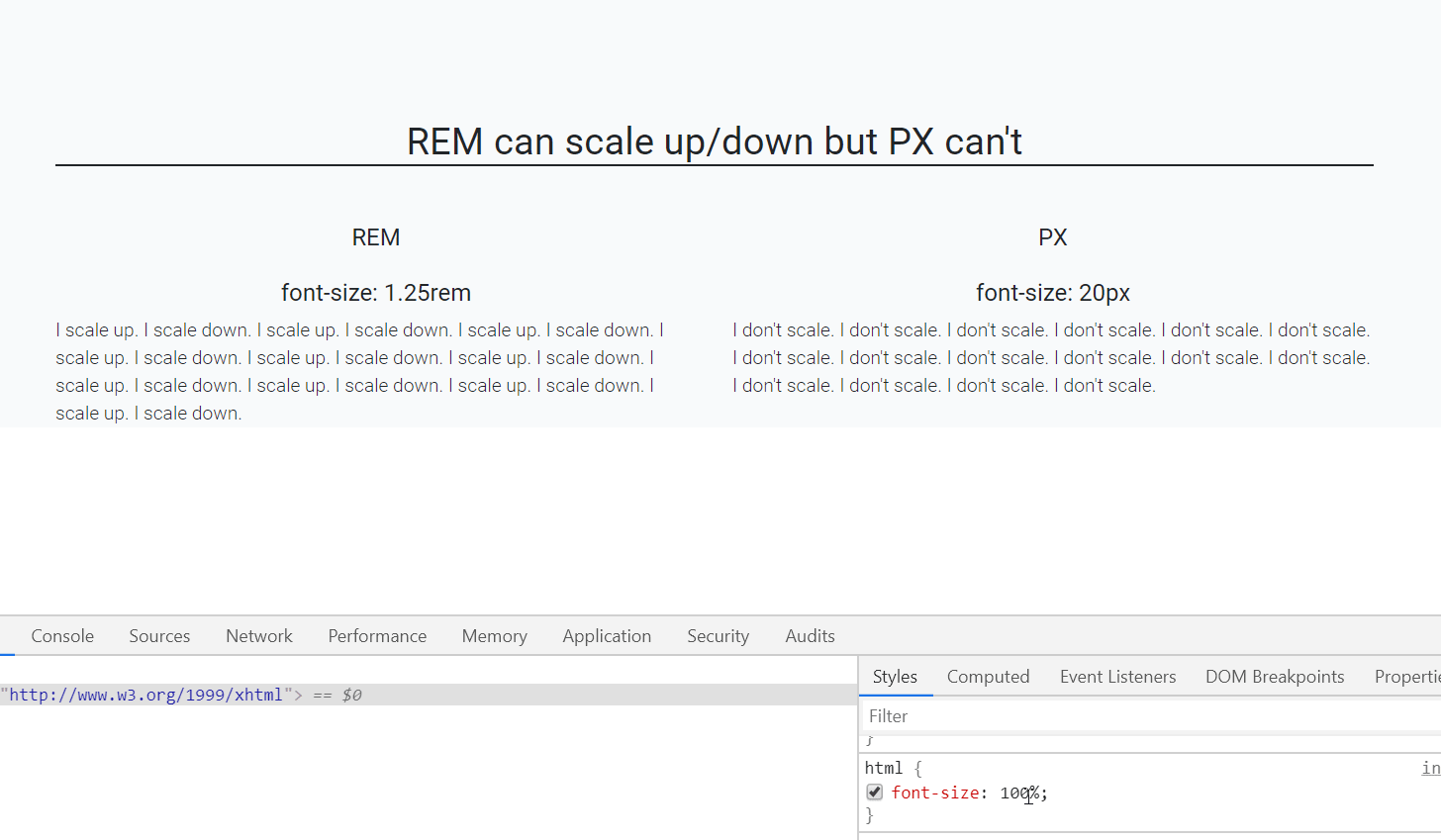Yes, REM and PX are relative yet other answers have suggested to go for REM over PX, I would also like to back this up using an accessibility example.
When user sets different font-size on browser, REM automatically scale up and down elements like fonts, images etc on the webpage which is not the case with PX.
In the below gif left side text is set using font size REM unit while right side font is set by PX unit.
As you can see that REM is scaling up/down automatically when I resize the default font-size of webpage.(bottom-right side)
Default font-size of a webpage is 16px which is equal to 1 rem (only for default html page i.e. html{font-size:100%}), so, 1.25rem is equal to 20px.
P.S: who else is using REM? CSS Frameworks! like Bootstrap 4, Bulma CSS etc, so better get along with it.
